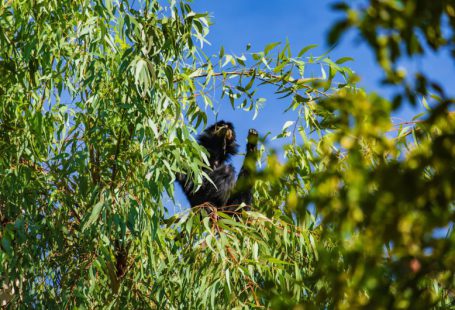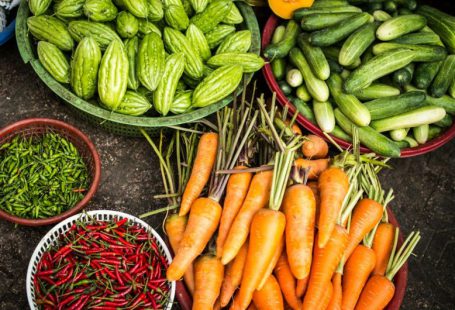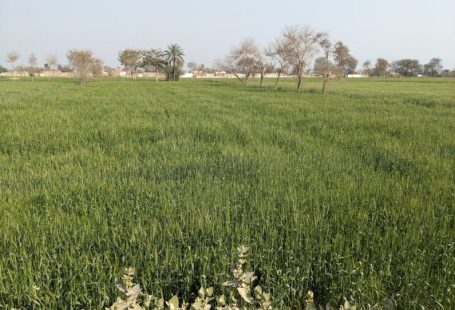The Practice of Permaculture in Agribusiness
In the realm of agriculture, the concept of permaculture has been gaining momentum as a sustainable and innovative approach to farming practices. Permaculture, a term coined by Bill Mollison and David Holmgren in the 1970s, is a holistic design philosophy that aims to create regenerative systems that work in harmony with nature. This article delves into the application of permaculture principles in agribusiness and how it is revolutionizing the way we produce food.
Understanding Permaculture in Agribusiness
Permaculture is a combination of the words “permanent” and “agriculture,” highlighting its focus on creating systems that are sustainable in the long term. In agribusiness, this approach involves designing agricultural systems that mimic natural ecosystems, utilizing principles such as biodiversity, natural pest control, and water conservation. By working with nature rather than against it, permaculture seeks to create resilient and productive farming operations.
Designing Regenerative Systems
One of the key principles of permaculture is observing and interacting with natural systems to design regenerative agricultural practices. This involves studying the local climate, soil, and ecology to create farming systems that are tailored to the specific conditions of the site. By incorporating elements such as agroforestry, polycultures, and water harvesting techniques, farmers can increase biodiversity, improve soil health, and enhance ecosystem services on their land.
Enhancing Soil Health
Soil health is fundamental to the success of any agricultural operation, and permaculture places a strong emphasis on building and maintaining healthy soils. Through practices like no-till farming, cover cropping, and composting, permaculture farmers can improve soil structure, fertility, and microbial activity. Healthy soils not only support plant growth but also sequester carbon, mitigate erosion, and enhance water retention, making them essential for sustainable agriculture.
Promoting Biodiversity
Biodiversity is a cornerstone of permaculture design, as diverse ecosystems are more resilient to pests, diseases, and climate fluctuations. In agribusiness, incorporating a variety of plant and animal species can help create balanced and self-regulating systems that require fewer external inputs. By planting hedgerows, integrating livestock into cropping systems, and fostering beneficial insect populations, farmers can enhance biodiversity on their farms and promote ecological balance.
Water Conservation and Management
Water is a precious resource in agriculture, and permaculture emphasizes the importance of efficient water conservation and management practices. Techniques such as rainwater harvesting, swales, and keyline design help capture and store water on-site, reducing the reliance on irrigation and minimizing water runoff. By maximizing water efficiency and using it judiciously, farmers can create more resilient farming systems that are better equipped to withstand droughts and water scarcity.
Integrating Livestock and Perennials
Permaculture encourages the integration of livestock and perennial crops into agricultural systems to enhance productivity and ecological diversity. Livestock play a vital role in cycling nutrients, controlling weeds, and improving soil health, while perennial plants provide long-term yields and habitat for beneficial organisms. By combining annual crops with perennial polycultures and rotational grazing, farmers can create dynamic and multifunctional landscapes that support both people and the planet.
The Future of Permaculture in Agribusiness
As the challenges of climate change, resource depletion, and food insecurity continue to mount, the principles of permaculture offer a promising path forward for sustainable agriculture. By embracing regenerative practices, enhancing biodiversity, and promoting ecological resilience, farmers can create thriving agribusinesses that benefit both the environment and the bottom line. The integration of permaculture principles into mainstream agriculture has the potential to transform the way we produce food and ensure a more resilient and sustainable future for generations to come.





